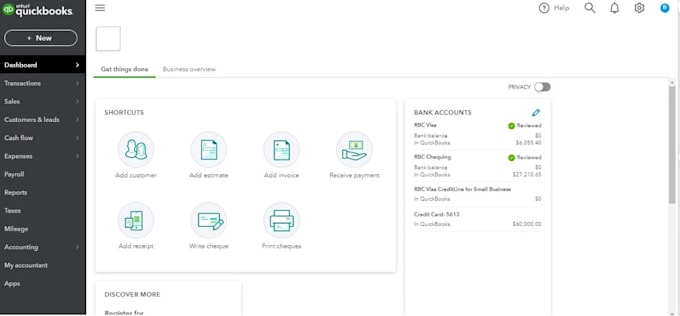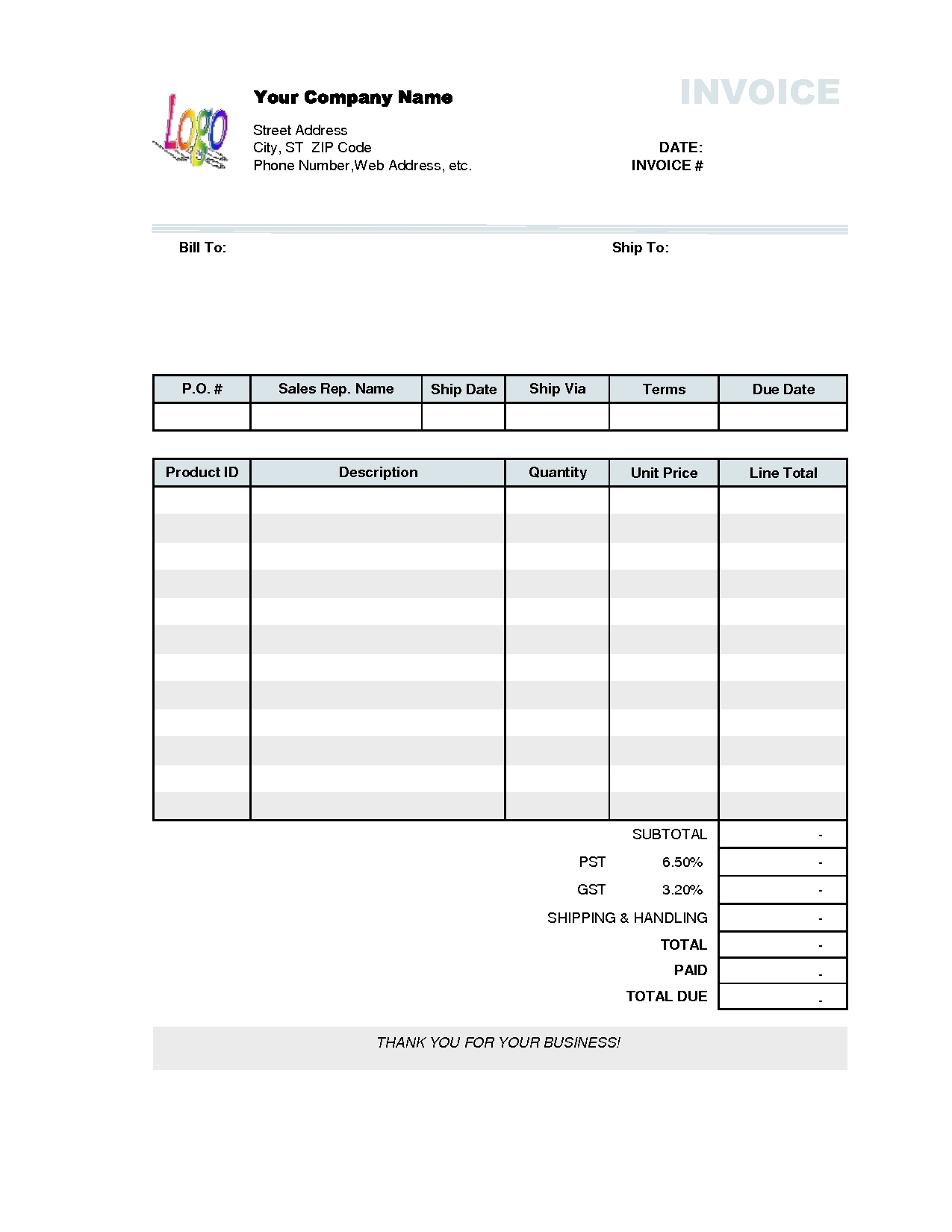

- #Create custom invoices for use with quickbooks pro
- #Create custom invoices for use with quickbooks software
Custom fields are one way the software provides to personalize its features. You chose-or may be planning to choose-QuickBooks because it can work for so many types of businesses. If you sell t-shirts and you have a large inventory in different sizes and colors, for example, you’ll have to create an item record for each configuration rather than using custom fields. You can probably work within the limits placed on contact records, but you may want to track more targeted information than the software’s limits allow when you’re dealing with items. QuickBooks’ custom fields have some shortcomings. You’ll also be able to choose them as filters when you generate reports. It’s easy to find the custom fields you’ve created and enter the appropriate information in each record.Īs we said earlier, the custom fields you’ve created will be available to add to the appropriate form templates when you customize them. Just enter the information in each record and click OK. You’ll see your new fields in the column to the right. You go through the same process you did to create them. It’s easy to enter information in the custom fields you’ve created in your customer, vendor, and employee records. You enter the Label name and click in the Use column to create a checkmark. This feature works like the one we just explained for adding custom fields to contact records. In the window that opens, click Define Fields. Select an item and double-click it to open its Edit Item window, then click Custom Fields over to the right. Open the Lists menu and select Item List. You can also add up to five custom fields to your item records. Once you’ve defined them and started using them in records and transactions, you won’t want to change them. Think carefully about what custom fields you want to create before you start.
#Create custom invoices for use with quickbooks pro
You can create up to 15 custom fields in QuickBooks Pro and Premier, but you’re limited to seven per record type. Click in any or all of the next three columns to indicate which records should contain them: customer, vendor, or employee. In the first, Label, you’ll enter the names of your new custom fields. The window that opens displays four columns. In the lower right corner, click Define Fields. Double-click on any record to open its Edit Customer window and then click on Additional Info.

Make sure the Customers & Jobs tab is highlighted. Open the Customers menu and select Customer Center. You can add up to 15 custom fields for those three types of records (no more than seven per type). Rather, you go to the Customer Center, Vendor Center, or Employee Center, depending on what kind of records you want to change. QuickBooks does not include custom field creation in the Basic Customization and Additional Customization windows, although your new fields will appear in the Additional Customization window. You have tremendous control over the content and structure of your forms in QuickBooks.

You can make changes in the window that opens and click Additional Customization to make more modifications. Choose the form you want to create and click OK. Right-click on the screen and select New. To see what’s possible, open the Lists menu and select Templates. You may already know that you can change the structure and content of some QuickBooks forms, including invoices, estimates, sales receipts, statements, and purchase orders. Create records for similar-but-different inventory items.Make customer and vendor records more detailed.It’s not difficult to do, and it can help you, for example: Many companies are satisfied with the software as is and don’t need to make any modifications.īut have you ever needed to include more information in your customer records? Do your transaction forms need an additional field or two? QuickBooks makes this possible by supporting custom fields that you can define for yourself. One of the reasons that QuickBooks is so popular is that it can be used by a wide variety of business types, from pet stores to landscaping companies to coffee shops. Custom fields help you tailor it to meet your own needs. QuickBooks was designed to be used by numerous types of small businesses.


 0 kommentar(er)
0 kommentar(er)
